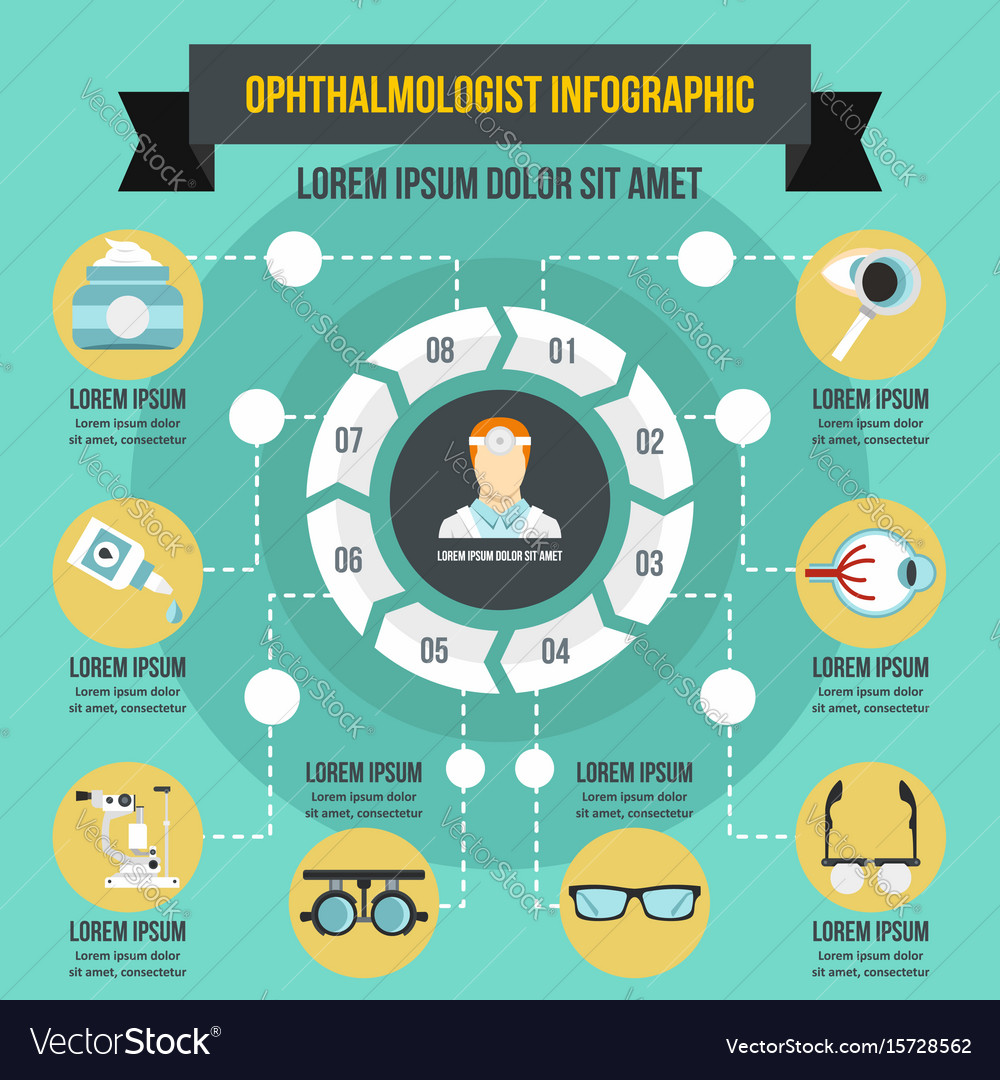Did you understand that the evolution of glaucoma treatment techniques extends centuries, including both traditional remedies and cutting-edge innovations? From old herbal concoctions to sophisticated Minimally Invasive Glaucoma Surgical treatment techniques, the range of choices is large. As you delve into the intricacies of standard versus cutting-edge approaches, you may reveal surprising insights that test conventional viewpoints on treating this prevalent eye problem.
Historic Advancement of Glaucoma Treatments
The historic evolution of glaucoma treatments goes back to ancient worlds where numerous remedies were used to take care of the condition. In ancient Egypt, for instance, therapies entailed a blend of honey, fat, and sour milk put on the eyes. The Greeks and Romans also contributed to very early glaucoma treatments with a concentrate on topical applications and nutritional interventions. Throughout history, diverse societies established special techniques to minimize the signs and symptoms of glaucoma, usually rooted in herbal solutions and superstitions.
As time advanced, improvements in clinical understanding brought about even more systematic strategies to dealing with glaucoma. In the Middle Ages, Arabic scholars made substantial contributions by studying the anatomy of the eye and establishing medical methods to resolve eye problems. These early technologies laid the structure for modern glaucoma therapies that we have actually today. Comprehending the historic context of glaucoma therapies offers important insights into the constant development and refinement of clinical techniques over the centuries.
Comparison of Typical Methods
In contrasting standard approaches for dealing with glaucoma, take into consideration the historical contexts and performance of numerous treatments.
Traditional therapies for glaucoma have evolved over centuries, from ancient practices like making use of honey and white wine to more recent developments such as eye declines and surgical treatments. Historically, treatments like the application of leeches or organic mixtures were used to minimize signs, but their performance was restricted.
As visit the next web site progressed, techniques like iridectomy, where a part of the iris is eliminated, ended up being preferred for lowering intraocular pressure. Some traditional techniques, like using dental drugs to reduce eye pressure, have actually stood the test of time and are still utilized today. However, these treatments commonly include adverse effects and may not be as effective as modern options.
It's important to consider the historic value of typical glaucoma therapies against their efficacy in the context of present clinical advancements.
Examination of Ingenious Therapy Strategies
Considering the advancing landscape of glaucoma therapy, ingenious techniques are reinventing the method this eye problem is taken care of.
One remarkable development is minimally invasive glaucoma surgery (MIGS), which provides a much less intrusive alternative to conventional operations. MIGS aims to decrease intraocular pressure by improving the eye's natural water drainage system, bring about less problems and faster recovery times compared to conventional surgeries.
In addition, the development of sustained-release medication delivery systems has offered a more reliable means to administer glaucoma medication. These systems can release medication gradually over an extended period, improving client adherence and minimizing the regularity of eye drops.
Additionally, emerging modern technologies like careful laser trabeculoplasty (SLT) supply a non-invasive option for decreasing intraocular stress by targeting certain cells in the eye's drainage system.
Final thought
As you review the evolution of glaucoma therapies, you can see just how conventional techniques have paved the way for innovative approaches to emerge.
From ancient treatments to modern-day improvements, the trip of treating this complex eye condition has actually resembled a rollercoaster trip.
Yet with new methods like MIGS and sustained-release medication distribution, the future looks brighter than ever for people looking for reliable and much less intrusive services.
